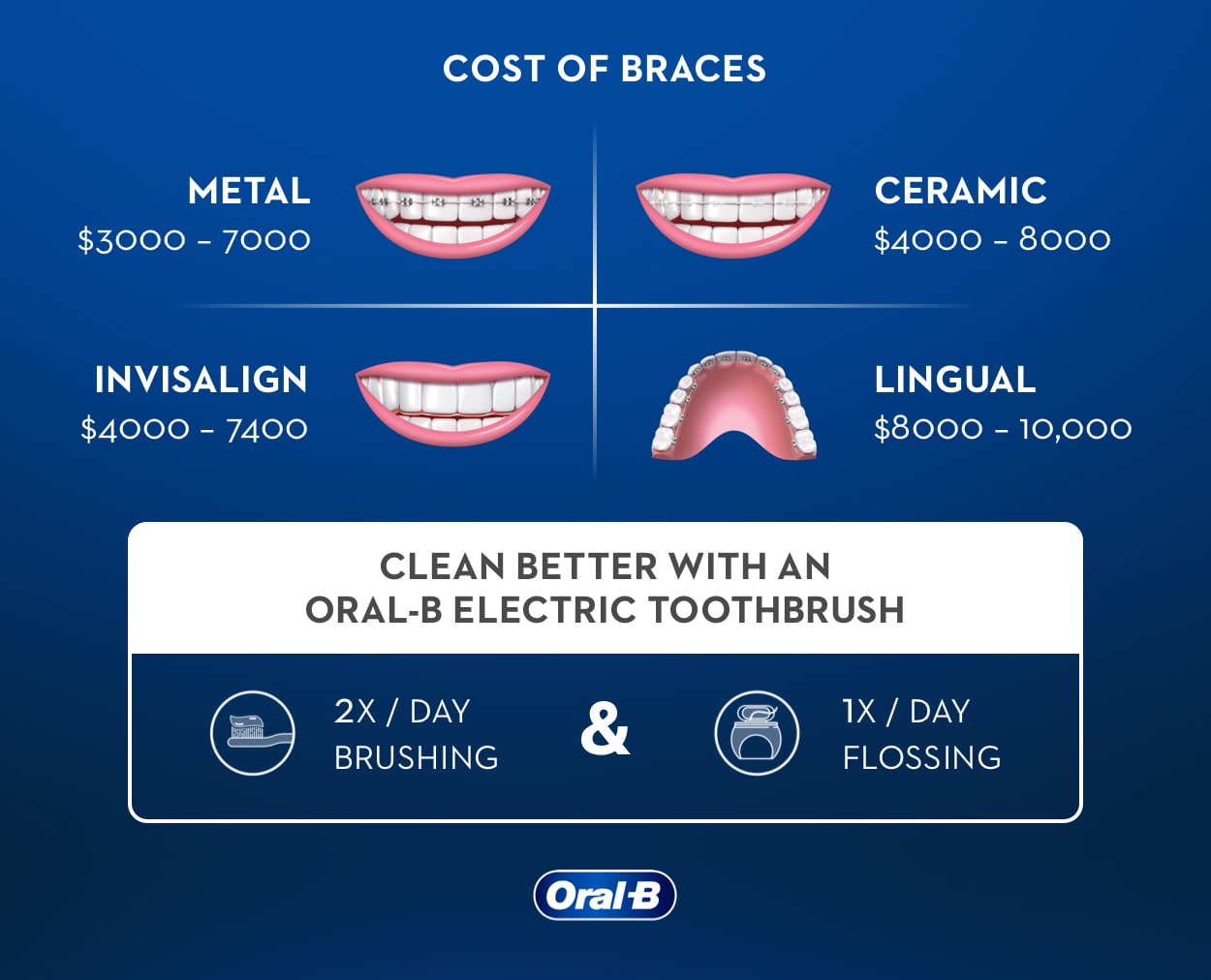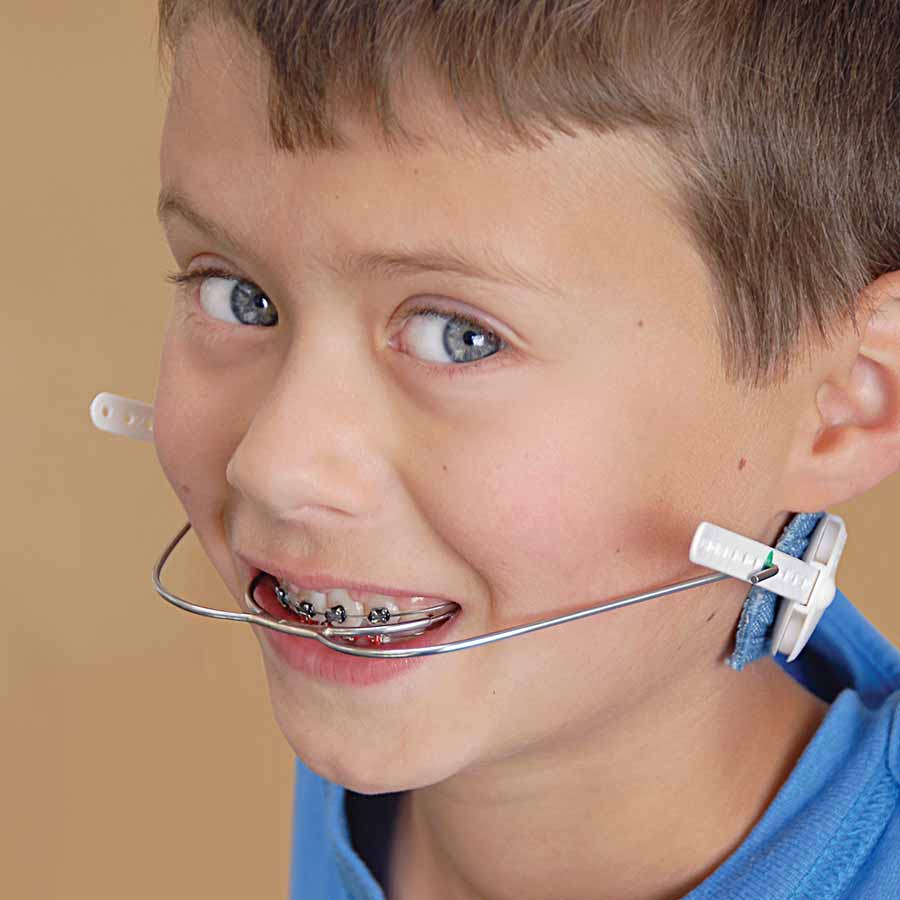Comprehensive Guide to Orthodontics Procedures for Remedying Oral Imbalances
Recognizing the details of each treatment, including their systems, benefits, and potential downsides, is crucial in making informed choices concerning one's orthodontic therapy. As we navigate via the thorough overview to orthodontic treatments for fixing dental imbalances, the complex details of each method will certainly unravel, dropping light on the course towards a practical and harmonious dental placement.
Orthodontic Procedures Introduction

Normal adjustments and monitoring are essential parts of orthodontic treatment to make sure progression is on track and to make any kind of essential modifications along the way. By undergoing orthodontic procedures, clients can not only achieve a straighter smile but also improve their overall dental wellness and feature.
Traditional Dental Braces: Just How They Function
When thinking about orthodontic treatments for oral misalignments, typical braces stand out as a tried and true technique for correcting teeth placing. Traditional dental braces contain braces, wires, and bands that function together to apply continual stress on the teeth, slowly moving them into the wanted positioning. The braces are affixed to the teeth utilizing a special adhesive, and the cables are threaded through the brackets. By readjusting the tension of the cables, orthodontists can regulate the direction and pressure put on each tooth, assisting them right into proper placement with time.
One secret aspect of how conventional dental braces job is the procedure of bone remodeling. As pressure is put on the teeth with the dental braces, the bone bordering the teeth is improved to sustain the brand-new tooth positions. This renovation is crucial for the lasting security of the corrected alignment. Clients will need routine modifications at the orthodontist's workplace to make sure the dental braces remain to use the proper pressure for effective teeth movement.
Invisible Aligners: Benefits And Drawbacks
Unseen aligners supply a convenient and discreet alternative to traditional dental braces for remedying dental misalignments. These clear, custom-made trays are basically unseen when worn, making them an attractive option for people looking for a more aesthetically pleasing orthodontic treatment. One of the key benefits of unnoticeable aligners is their removability, enabling less complicated upkeep of oral hygiene contrasted to conventional dental braces. Individuals can eliminate the aligners prior to eating or brushing their teeth, lowering the danger of food getting embeded the appliance and streamlining the cleaning procedure.

Surgical Orthodontic Options
Surgical interventions in orthodontics present feasible choices for addressing intricate oral imbalances that may not be efficiently fixed with traditional orthodontic treatments. While unseen aligners and traditional braces can correct lots of orthodontic problems, specific instances require medical treatment to accomplish optimal results. Surgical orthodontic options are typically advised for serious malocclusions, considerable jaw discrepancies, and instances where the underlying bone framework needs alteration to attain correct positioning.
One common medical orthodontic procedure is orthognathic surgery, which includes repositioning the jaws to deal with practical issues such as trouble chewing or talking. This surgical treatment is typically performed in collaboration with an orthodontist who aids line up the teeth prior to and after the procedure. Surgical orthodontics might likewise entail treatments to expose influenced teeth, remove excess periodontal tissue, or reshape the jawbone to develop a more unified facial account.
Prior to thinking about medical orthodontic options, people undergo a detailed evaluation to figure out the necessity and prospective advantages of such interventions. invisalign. While surgical procedure may seem daunting, it can considerably enhance both the function and looks of the smile in instances where conventional orthodontic treatments drop short
Retainers and Post-Treatment Treatment

Post-treatment care includes adhering to the orthodontist's guidelines diligently. This may include appropriate dental hygiene practices, attending follow-up visits, and using the retainers as recommended. Failing to follow post-treatment treatment guidelines can lead to relapse, where the teeth progressively return in the direction of their initial placements. Regular retainer wear, excellent dental hygiene, and regular oral exams are essential for maintaining the results achieved via orthodontic surgical procedure and ensuring the long-lasting stability of over here the corrected Our site oral placement.
Conclusion
In conclusion, orthodontic treatments offer numerous choices for remedying dental imbalances. Surgical orthodontic alternatives are offered for much more serious imbalances. Generally, orthodontic treatments can efficiently enhance oral health and visual look.
As we navigate via the detailed overview to orthodontic treatments for correcting dental imbalances, the intricate details of each technique will certainly unfold, dropping light on the path toward a useful and unified dental positioning. - braces
One of the most usual orthodontic therapies is the usage of braces, which consist of metal brackets and cables that use mild pressure to slowly move teeth right into the wanted placement.When considering orthodontic treatments for dental misalignments, conventional dental braces stand out as a reliable approach for dealing with teeth positioning. Additionally, invisible aligners may not be suitable for complex orthodontic issues that call for even more substantial teeth activity, as they are commonly advised for light to modest instances. Retainers are personalized orthodontic tools made to hold teeth in their corrected positions after the conclusion of orthodontic therapy.